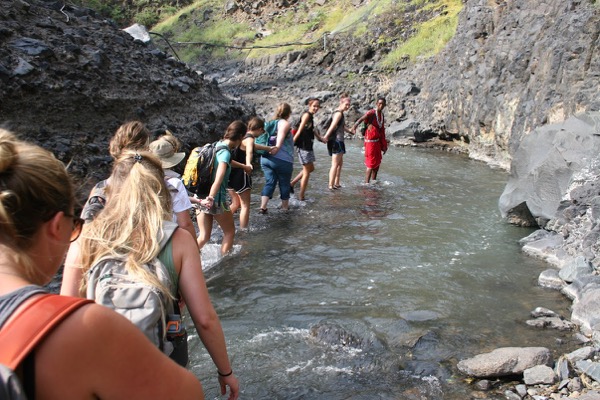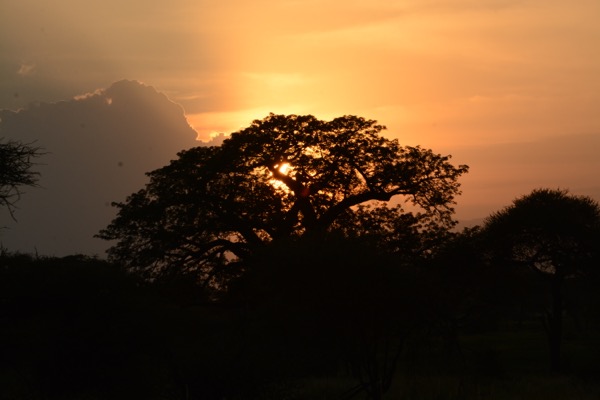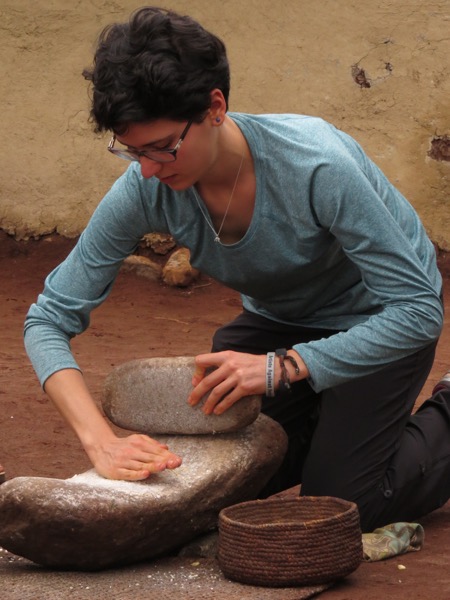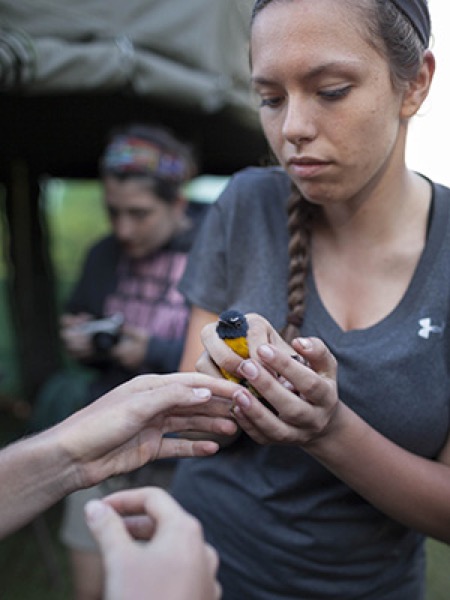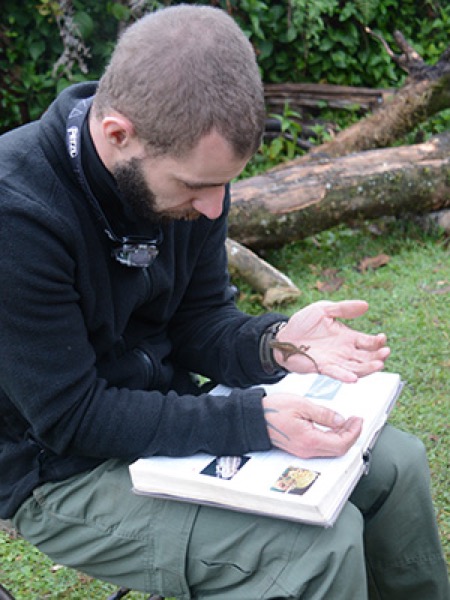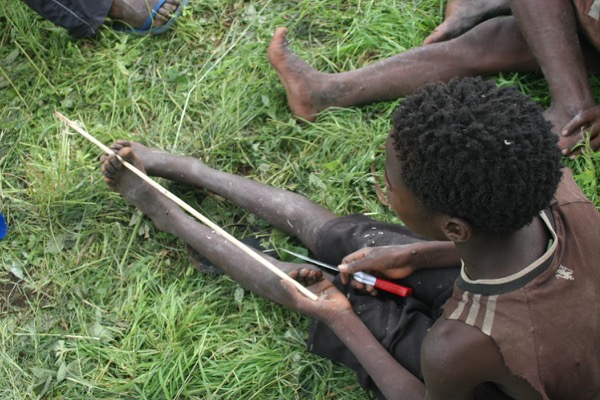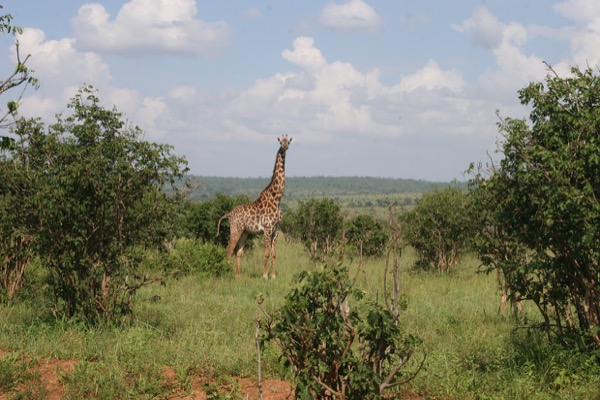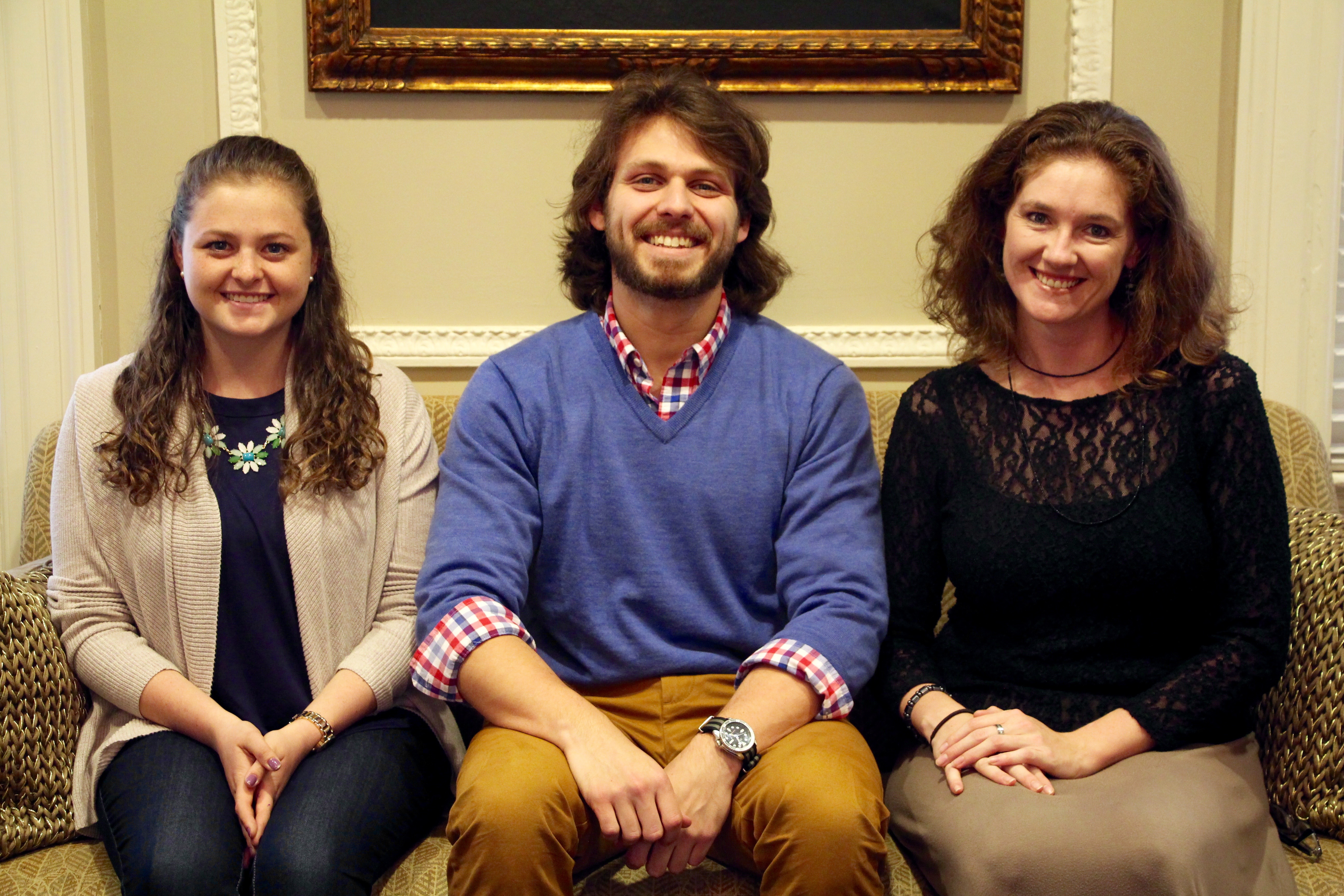

Traversing Tanzania
UD study abroad students learn about tribal life, wildlife conservation in Tanzania
9:15 a.m., March 15, 2016--For 30 days over Winter Session, 24 University of Delaware students trekked through Tanzania, learning about African cultures and wildlife conservation issues as part of the wildlife conservation study abroad program.
Led by Jake Bowman, chair of the Department of Entomology and Wildlife Ecology in UD’s College of Agriculture and Natural Resources (CANR), the group departed from New Jersey and landed in Kilimanjaro, Tanzania, on Jan. 7.
Global Stories
Fulbright awards
Peace Corps plans
During the next month, the participants saw hundreds of birds and animals such as zebras, elephants, rhinos, gazelles and even a wildebeest migration. They also interacted with three local tribes — the Hadza, the Iraqw and the Maasai — and learned about their cultures.
Bowman said the program was important for the students as they “learned first-hand how other cultures handle wildlife conservation issues. These lessons will impact the decisions they make in their careers. They gained a greater understanding of how difficult conservation decisions can be.”
Laura Manser, a senior majoring in wildlife conservation with a minor in entomology, said she enjoyed “interacting with the tribes and learning how they did everything, and asking them questions just out of pure curiosity.”
Tribal interaction
From interacting with the Maasai, the students learned about how the tribe’s members are conserving dry season grasslands for their cattle and how those areas are important to wildlife that use the adjacent Tarangire National Park.
Through their interactions with the Iraqw, an agricultural society, the students learned how they are conserving the Nou Forest as a watershed that allows them to grow sustainable crops. The students focused on the economic and ecological value of forests such as the Nou to the Iraqw society.
One of the groups that stood out in particular for some of the students was the Hadza.
Dan Wilson, a junior majoring in wildlife conservation, said it was great to interact with one of the few remaining hunter-gatherer cultures in the world. “They don’t have permanent settlements and they were up for anything. They were fun. They sang and danced with us the last night we were with them. Just in general, they were really awesome people. All of them,” said Wilson.
Carley Gringer, a sophomore majoring in wildlife conservation, ecology and pre-veterinary and animal biosciences, echoed these sentiments, saying it was interesting to see the American students interact with the Hadza.
“They don’t have any material goods. They don’t collect wealth, which is why it’s so hard for them to continue living in this world. Beads are the one thing that they can have that’s theirs, and it was amazing because they made all the girls bracelets and they just gave them to us. I was amazed by that because they were so willing to give away the only thing that they had,” said Gringer.
Manser said it was interesting to learn how the Hadza tracked animals, adding that the students were able to make decorative arrows with the Hadza that they brought back home.
Birding in Tanzania
The students also did a fair amount of birding during their time in Tanzania, on one occasion getting to see the endangered Beesley’s lark at the Engikaret lark plains, the only place in the world where the lark is found.
“There are less than 100 in Tanzania and we saw two of them so it’s kind of cool we could say we saw 2 percent of their population,” said Manser.
They also learned about how community-based conservation is at work, as the local residents manage the area in order to conserve the Beesley’s lark.
Wilson pointed out that although he isn’t a birder, he found the experience enlightening and enjoyed seeing the variety of birds in Tanzania, specifically the giant marabou storks.
“They have a unique appearance. They’re big birds. They probably stand up to my shoulder almost. They’re not pretty birds but they’re memorable. We were in Ngorongoro Crater and when we got to camp, there were a couple dozen of them hanging out,” said Wilson.
The wildebeest migration also served as a great learning opportunity for the students as they focused on how the migration can be conserved and how much of the migration takes place outside of the Serengeti National Park.
“We were in the middle of their migration and that was really cool,” Gringer said. “There were literally hundreds of thousands of them and Prof. Bowman asked us to try to count them to try and get a sense of their population. But when I first saw them all, I thought it was a joke because there were just so many I was wondering, ‘How am I supposed to count this?’ But that was really cool and they’re beautiful animals.”
Nou Forest
The students also singled out the Nou Forest as a highlight, with Wilson and Manser both saying they enjoyed jogging through the forest.
Gringer said that using mist nets in the forest in order to catch birds was a great hands-on learning opportunity for the students.
“I was surprised because there were other kids on the journey who had taken ornithology and I hadn’t because I’m a sophomore, so I thought they would just be able to hold the birds and I wouldn’t. But Prof. Bowman taught me how to hold them and passed it to me and it was really cool,” said Gringer.
She also said that one of the most memorable aspects was being caught in a hailstorm in the Nou Forest.
“I was walking back with my one friends and we were laughing through the rain because there was nothing else to do. You can’t complain. You just have to keep walking, and we eventually got back to camp and we all had warm drinks and huddled around the fire. The hard times were really memorable; they’re the good stories,” said Gringer.
Through it all, the students said they felt that a closeness formed within the group.
Manser, who had also gone on a study abroad to Costa Rica, said she didn’t know many people on the Tanzania study abroad prior to leaving and that it was a great experience to bond with everyone.
“I went to Costa Rica last year and I knew everybody that was going, so this was a big change. I actually really liked it because everybody was so nice and I feel like because we were in such rough and hearty conditions, everybody felt the same way so we could bond over different types of experiences,” said Manser.
Gringer, who said she plans on going to Costa Rica next year as part of study abroad, said she was “impressed with the character of all the people who went. I honestly didn’t think there were that many people who would put up with those conditions and not complain and be so positive. Everyone was really great and there were times when everyone was down and we were all exhausted but everyone rallied really quickly and everyone was really supportive of each other.”
Article by Adam Thomas
Video by Nikki Laws
Photos by Andy Bale, Laura Manser and Carley Gringer




